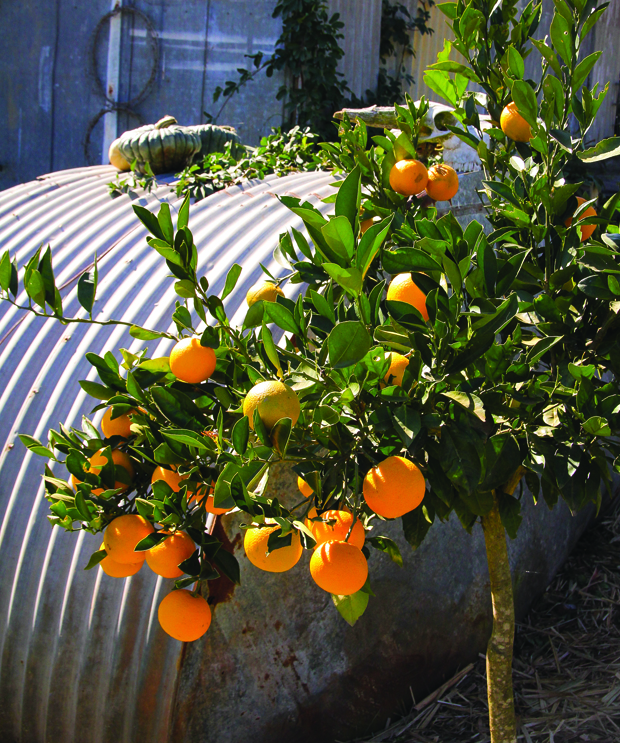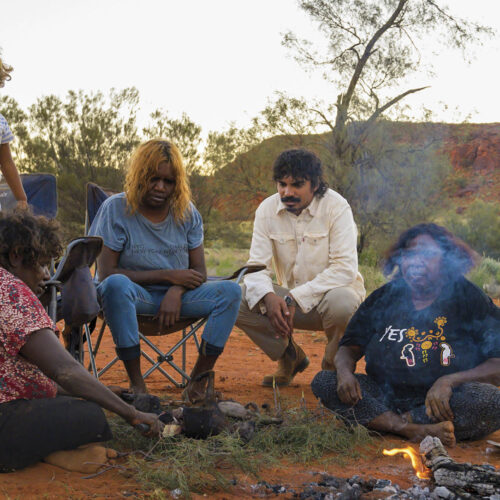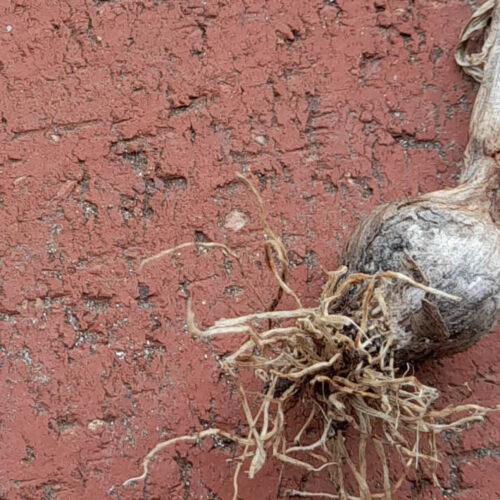Orange renaissance
2013-06-21T02:42:28+10:00
Having fallen from favour in recent decades, the backyard orange tree is due for a comeback – be it sweet, blood or sour, says JUSTIN RUSSELL.
If the way to a man’s heart is through his stomach, then the way to mine is through marmalade. This wonderfully golden preserve is my breakfast of choice, spread generously on buttered, home-baked sourdough toast; a daily pick-me-up I’ve been indulging in for years. I know research suggests we should be eating less refined sugar. But I’m a goner. There’s something about the combination of sweet jelly, bitter orange peel, salty butter and sour bread that I find completely irresistible.
Some marmalade connoisseurs argue that the only true marmalade is made in Scotland. I’ve tried Scottish marmalade. It was delicious, but to be honest I can’t overlook the fact that Scotland is so unsuited to growing orange trees and that
thousands of tonnes of fruit are imported annually from Seville in Spain. By contrast, Australia grows some of the best orange trees in the world, and consequently makes some of the finest marmalade. And we’ve been doing so since 1788.
On route to Sydney Cove, the First Fleet made port for a month in Rio De Janeiro, where the ships were stocked with supplies including seeds and plants that could be grown upon arrival in New South Wales. Among these was a collection of oranges. The trees thrived in Sydney’s climate and by 1828 a Botanic Gardens’ catalogue recorded 21 varieties of orange and mandarin, including ‘Bahai Navel’, ‘Joppa’, ‘Maltese Blood’ and a number of sour oranges.
Considering the fruit’s popularity in Australia, is it any wonder that during the 1950s and 60s orange trees were ubiquitous in backyards across the country? Why the trees fell from favour in more recent decades is a mystery, as is the lack of oldfashioned sour oranges being grown in our gardens. As far as backyard trees go, the sour oranges are ideal for almost every climate zone in Australia and they make supremely handsome trees. Blood oranges, with their distinctive crimson-red flesh – produced by the beneficial phyto-chemical Anthocyanin – are striking when sliced.
I believe the time is right for a heritage orange renaissance!






